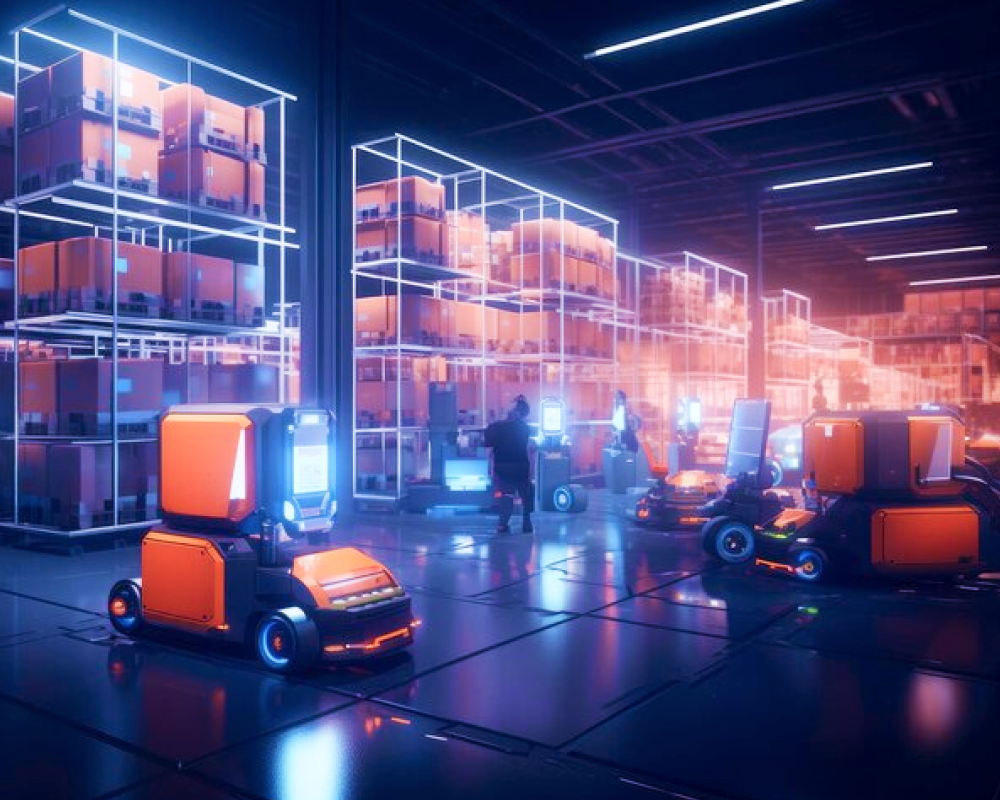April 24, 2024 By: JK Tech
Ever wondered what happens once you press “order” on your go-to online store? It’s a complex dance of technology and people working behind the scenes to get your package delivered quickly. Now, a new player is joining the warehouse team: robots!
Imagine a network of speedy robots zipping around a giant grid, grabbing items for your online grocery order. This is a reality at Ocado, a leading grocery delivery company. For years, they’ve been using robots to collect and move products around the warehouse, with human workers packing them into boxes for delivery.
This trend toward automation isn’t unique to Ocado. Major retailers like Asda and Walmart are also using robots in their warehouses to streamline processes and get your orders out the door faster.
But Ocado is taking automation a step further. They’ve introduced robotic arms with special suction cup “hands” to pick up individual items like bags of rice or boxes of tea. While it might seem simple, training the artificial intelligence that controls these arms to grab objects correctly takes a lot of time and effort from engineers.
Currently, these robot arms handle about 15% of the products at Ocado’s warehouse, with the rest being picked by human staff. However, Ocado is developing new “tools” for the robots to allow them to handle a wider variety of items.
With more robots in warehouses, some people might worry about job losses. Ocado acknowledges that staffing needs might change somewhat, but they still see a big role for humans. For example, robots have trouble with delicate or oddly shaped items like wine bottles, which are still best handled by people.
Looking ahead, Ocado expects robots to handle up to 70% of their products in the next few years. They also plan to sell their automation technology to companies outside the grocery business, potentially changing how warehouses operate across many industries.
So, will warehouses soon be completely automated, with no humans needed? Experts say not so fast. Setting up a fully automated warehouse is very expensive, making it only a possibility for large companies with huge warehouses. Additionally, these warehouses need special features like extra-strong floors and open spaces to avoid robot collisions.
There’s good news for smaller businesses too! Companies like AutoStore are developing more affordable automation systems with lower upfront costs. These systems use similar technology to the bigger systems, with robots moving on a grid to access vertically stacked goods.
The future of warehouses is linked to automation. Companies like Pio from AutoStore are making automation more affordable for smaller businesses, opening doors for wider adoption across the industry. As technology advances and becomes more cost-effective, we can expect a future where warehouse automation isn’t just for big companies, but a possibility for many.



